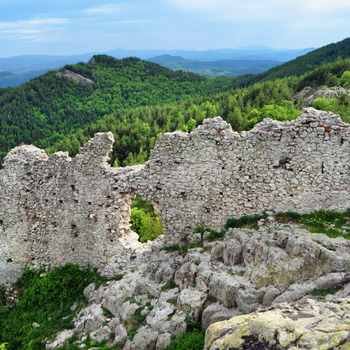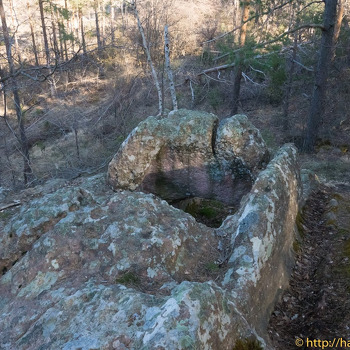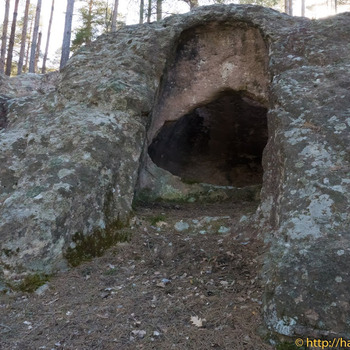Medieval fortress Ustra
Overview
Ustra is the name of one of the best preserved fortresses in the Rhodopes. The foundations of many of the buildings and towers remain from it. The fortress was built in the Middle Ages and during its existence was under the rule mainly of the Byzantine Empire. Ustra was built in the 10th century to guard the trade route. The fortress is located near the village of Ustren in the municipality of Dzhebel, district of Kardzhali. It is located on the highest part of a steep peak and has good visibility from a great distance.
According to archeological data - its earliest dating is the reign of Constantine VII Porphyrogenitus - (913 - 959). At that time, the Bulgarian king Simeon I probably captured the fortress, but later ceded it to Byzantium and was declared a "basileopator" - that is, a high guardian of the Byzantine emperor, who married one of his daughters. The subsequent termination of the treaty by Zoe, the emperor's mother, soon led to the crushing loss of the Byzantines at the Battle of Aheloy in 917. Nevertheless, after Simeon's death in 927, the fortress remained permanently in Byzantine hands, state XII - XIV century to have indirect information that it was conquered by Ivan Assen II.
The fortress can be reached from the village of Ustren. Just before entering the village coming from Dzhebel, before the sign for the village of Ustren there is a brown sign for the path to the fortress which leads to Ustra hut. From Ustra hut continue along a steep path to the fortress. At an average walking speed, the whole trail is covered in about an hour.
Recommended
- Schupenata planina /The broken mountain/
- Ilkaya (Healing stone)
- The wind stone
- Ustra Fortress
- Varbitsa river
- Letovnishki waterfall
- The mosque of the seven maidens
- Church of the Assumption - Kardzhali
- Natural phenomenon - Crocodile


 Bulgarian
Bulgarian Romanian
Romanian


